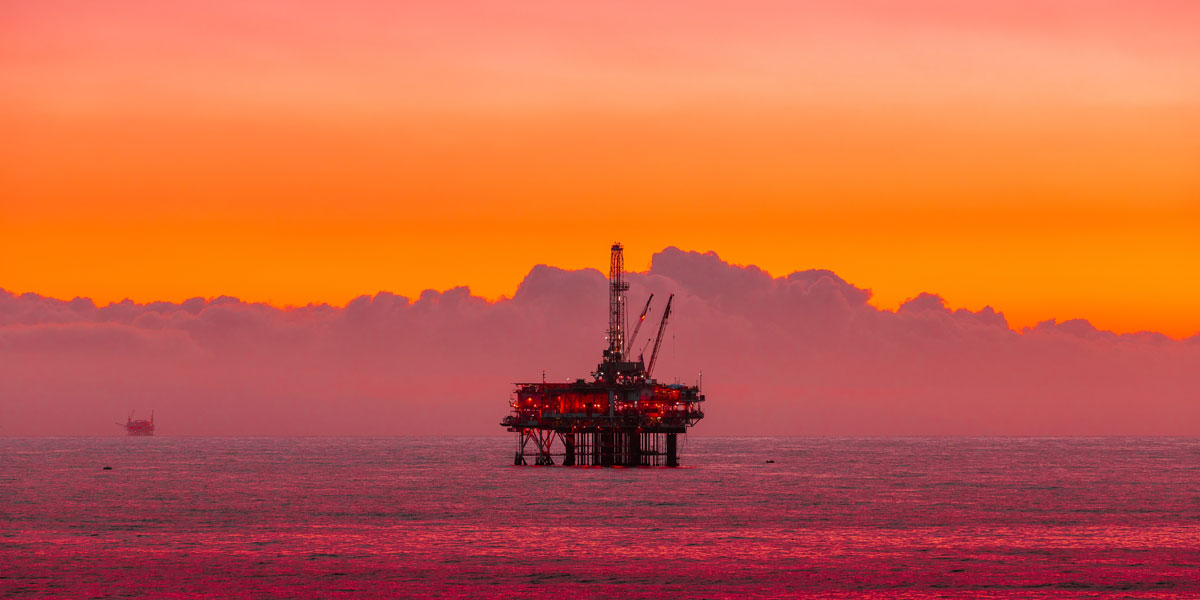The Process System Performance Blog
Where engineers share and learn about
optimizing oil production and processing

When is the Best Time to Install a Water Cut Meter?
Traditionally, installing any instrumentation has been done as a result of events happening in the plant and operators discovering the need for it. This is a highly reactive way of handling any type of problem.
It is not necessarily the wrong approach, but it does have some clear disadvantages. In this blog article we discuss what these cons are, as well as when to select and install water cut meters in the field development process.
Cons With Reactive Approach
By reacting to a problem when it occurs, in sequence you have to perform an analysis first, then screen all possible alternatives, do a selection of the best solution, and finally start the project to implement it.
When the solution selected is a new instrument to generate additional data for the control system, the whole process of selecting, procuring and installing the new instrument could easily take from 6 months to 1 or more years.
This type of delay from facing the problem to solving the problem is very frustrating, because you know exactly what is wrong and while you wait for solving the problem you need still to keep producing.
With today’s high demand of efficiency, this approach is no longer feasible.
Let’s have a look at the planning phases of a field development before we move on to discuss when to select and install instrumentation such as a water cut meter.
Suggested reading: Why is Oil Sampling Outdated?
The Field Development Plan
As an oil and gas professional you know that the field development planning is when plans for the future exploitation of an oil field is developed. This process is typically divided into three macro phases:
- Identification of business case: pre-exploration (seismic data analysis), exploration and appraisal.
- Early phase design: feasibility and concept studies, high level planning and pre-engineering.
- Project execution: detailed engineering and construction.
It can seem logical to wait with selecting instrumentation until the third phase of the project. At this point you will know if the project is feasible, the overall concept is planned for; thus, you know how much space and budget is left for details like instrumentation.
However, this is not the case.
The budget is set, and budget restriction can easily become a potential roadblock. Also, from experience, if there has not been planned for future instrumentation like water cut meters, operators tend to never install them in the construction phase, even if they’re obviously needed.
Suggested reading: 4 Criteria You Must Consider Before Selecting a Water Cut Meter
When to Select and Install
To avoid this from happening, selecting instrumentation should happen in the early phase design. This way you can facilitate for connection points throughout the whole production and processing plant. This will allow for planning ahead for future instalments, to avoid major delays or extra cost due to downtime or pipework modifications during production.
The actual installation of the water cut meter should happen as early in the process line as possible. This is usually the most critical part of the process system and where you face the largest uncertainties / variabilities. As the life of the field and the production continues and changes, you can install water cut meters in more places towards the downstream of the process.
Installing single devices at the end of the production line will limit the benefits of monitoring and improving the production process, along the processing plant itself.
Planning ahead and installing early on require more CAPEX, but reduces the OPEX and loss of production, because it facilitates for an efficient installation avoiding shutdowns and reworks that are very expensive.
Design engineers often experience a push from project managers to reduce unnecessary cost. However, history has taught us that the most advanced and technological driven oil companies are differentiating themselves doing these investments at the early stage by:
- building robust / flexible infrastructures and adopting multiple technologies
- having a better overall return on investment (ROI)
- remaining competitive over the decades
Today we can say that the additional money invested at the beginning generate more revenue down the line.
Suggested reading: Why Some Water Cut Meters Do Not Work, and How to Avoid Great Damages
Conclusion
The real challenge today is to do proper design and engineering work. An operator should invest time and effort to understand what the critical aspects of the production are from the early stage. Not just for today, but for the future.
The main focus should be to prepare the asset for the value generated by the application of future technologies, considering a medium to long term production horizon. In this way, you will be able to evaluate and select the right technology to solve future problems and at the same time avoid difficult or expensive installation activities.
Subscribe to new blog posts here:
Get the newest articles straight to your inbox